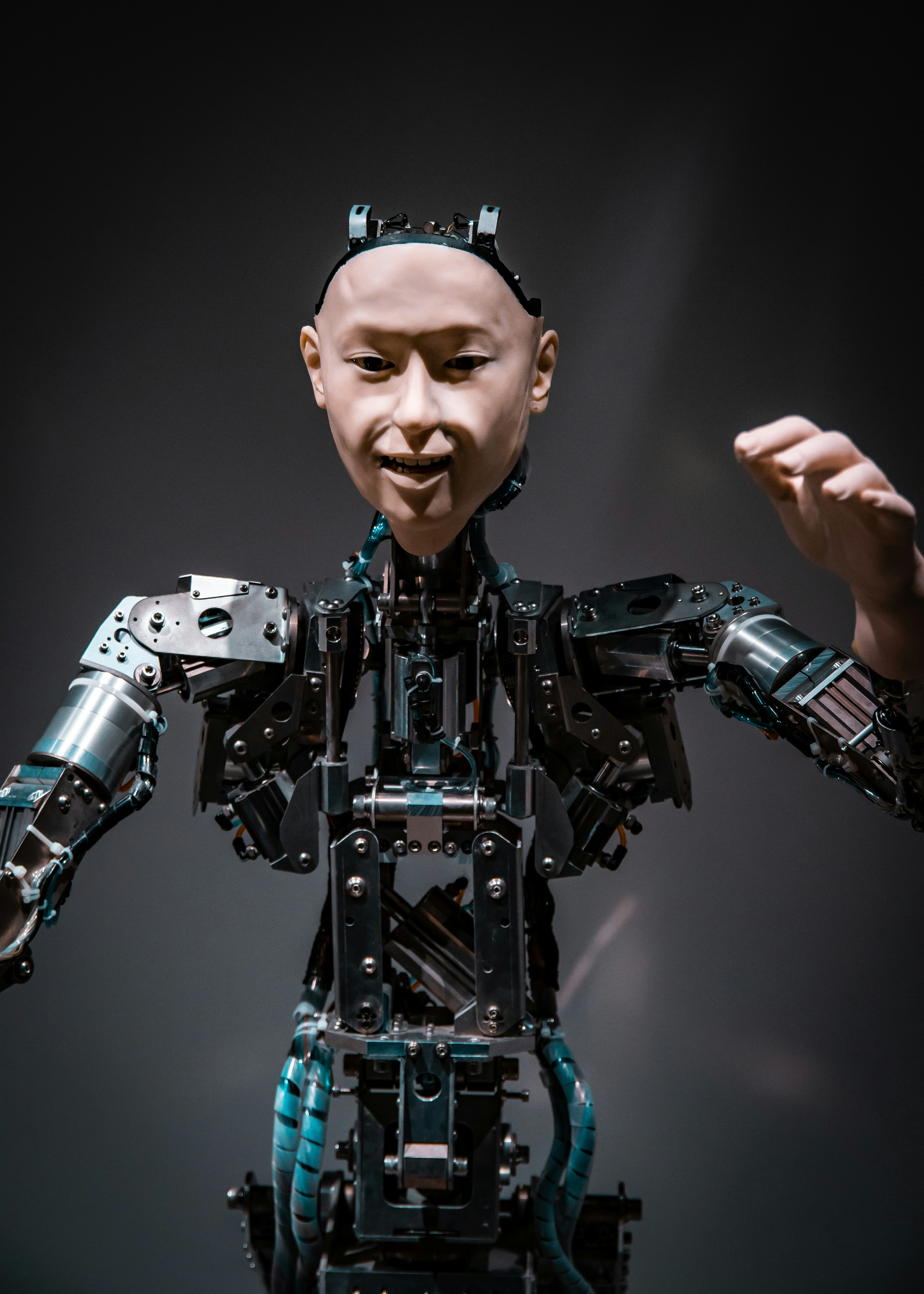New_AI_Model_Crushes_GPT-4o_With_Shocking
October 22, 2024 | by junaid.ansari160@gmail.com


So it’s been a crazy week in the world of AI and if you’re into this stuff, you’re going to want to stick around because some big names just made big moves. We’re going to talk about two major updates from Nvidia and Google that you have to know about. So let’s jump right in.Alright, first up, Nvidia, the company that pretty much powers most AI systems with their GPU’s.Well, they just dropped an absolute bombshell.Nvidia quietly released a new AI model.And when I say quietly, I mean no big flashy event, just a stealth drop. But here’s the thing, this model absolutely crushes GPT 4 The new model is called Llama 3.1 Nemotron 70 b instruct. Bit of a mouthful, I know, but don’t let the name fool you, this thing is a beast. It’s now up on hugging face and it’s blowing everyone away with its benchmark scores on the arena hard test, it scored an impressive 85.0, which is seriously high.Then on Alpaca Evil two LC it hit 57.6.And for the GPT four turbo mt bench, it got 8.98.To give you some context, these numbers totally blow past what OpenAI’s GPT 4.0.And even Anthropic’s newest model, Claude 3.5 sonnet have been putting up. Nvidia’s not just catching up, they’re taking the lead in a big way.Another key point that sets this new model apart is its focus on something called alignment.Now in AI, alignment basically refers to how well a models responses match the needs and preferences of the user.For businesses, this is a game changer. It means fewer errors, more useful responses and ultimately better customer satisfaction. Nvidia has really dialed into this idea, making the model better at understanding what the user wants, rather than just generating generic or incorrect answers. In the long run, this could save companies time and money by reducing the need for constant oversight or corrections, making their operations smoother and more efficient. Now, Nvidia has traditionally been known for its hardware, right? Their gpu’s are what power a lot of the AI models we talk about.But now with the release of this new AI model, they’re stepping directly into the language model game.And this move is huge because it puts Nvidia in direct competition with software companies like OpenAid, which have been dominating the large language model space.Now, how did Nvidia pull this off?Well, they took Meta’s open source Lama 3.1 model and gave it a makeover using some pretty advanced techniques like reinforcement learning from human feedback, or RLHF for short. Essentially, they’re making the AI learn from human preferences so its responses feel more natural and honestly, smarter. This model can handle complex queries without needing you to spoon feed it with extra tokens or prompts. A simple question like how many R’s are in strawberry gets a detailed response.It doesn’t just answer, it explains. That’s next level stuff.Now what does this mean for businesses?Nvidia is making this model available on their platform called Build Nvidia.com and they’re offering free hosted inference through an API that’s compatible with OpenAI.So if you’re running a company and thinking about using AI, you now have a serious alternative to GPT four.And it might even save you some cash because Nvidia’s offering is potentially more cost efficient. But there’s more.Nvidia‘s model is super flexible, which is a game changer for businesses. Whether you’re using AI for customer service, creating complex reports, or even generating marketing content, this model adapts. And as a cherry on top, Nvidia’s been pretty transparent about the fact that while the model isn’t tuned for super specialized tasks like high level mathematic or legal reasoning, its still robust enough for most business applications.Just make sure to use it in the right context and youre good to go.However, the company did warn that the model has its limits, especially when it comes to specific domains like law or mathematics. So while its an incredibly versatile tool, businesses will still need to implement safeguards to prevent any unintended mistakes.Alright now lets talk about Google.Google also made some headlines recently with their AI model imagen three, which just rolled out worldwide.And get this, it’s available for free.But hold up, there’s a catch. Before we get into that, let’s break down what imagen three is. Imagen three is Google’s new AI image generator and according to Google, it’s their best model yet for creating high quality images.They claim it’s much better at following user instructions and generates fewer visual artifacts than its previous versions. And you know what? Based on what we’ve seen, they’re not lying. You can ask it to generate anything from photorealistic landscapes to oil paintings, even claymation scenes. But here’s the annoying part, if you want to generate images of people, you’ve got to pay for it. That’s right. To unlock that feature, you need to subscribe to Gemini advance, which costs $19.99 per month so yeah, while you can generate all the landscapes, animals, and abstract art you want for free, human faces are behind a paywall. And just to put that into context, when you subscribe, it’s not just the image generator you get. You also get two terabytes of Google one, storage and access to AI features in Google Docs. Not a bad deal if you’re deep into the Google ecosystem, but still, it’s a bit of a bummer that the people images aren’t available on the free tier. Now, I want to talk about how imagen three works, because it’s a little different from other AI image generators.While some platforms generate multiple variations of an image for you to choose from, Imogen three gives you just one image per prompt.But here’s the cool part, you can ask it to refine that image by requesting changes, and it’ll remember what you asked for previously.
RELATED POSTS
View all

